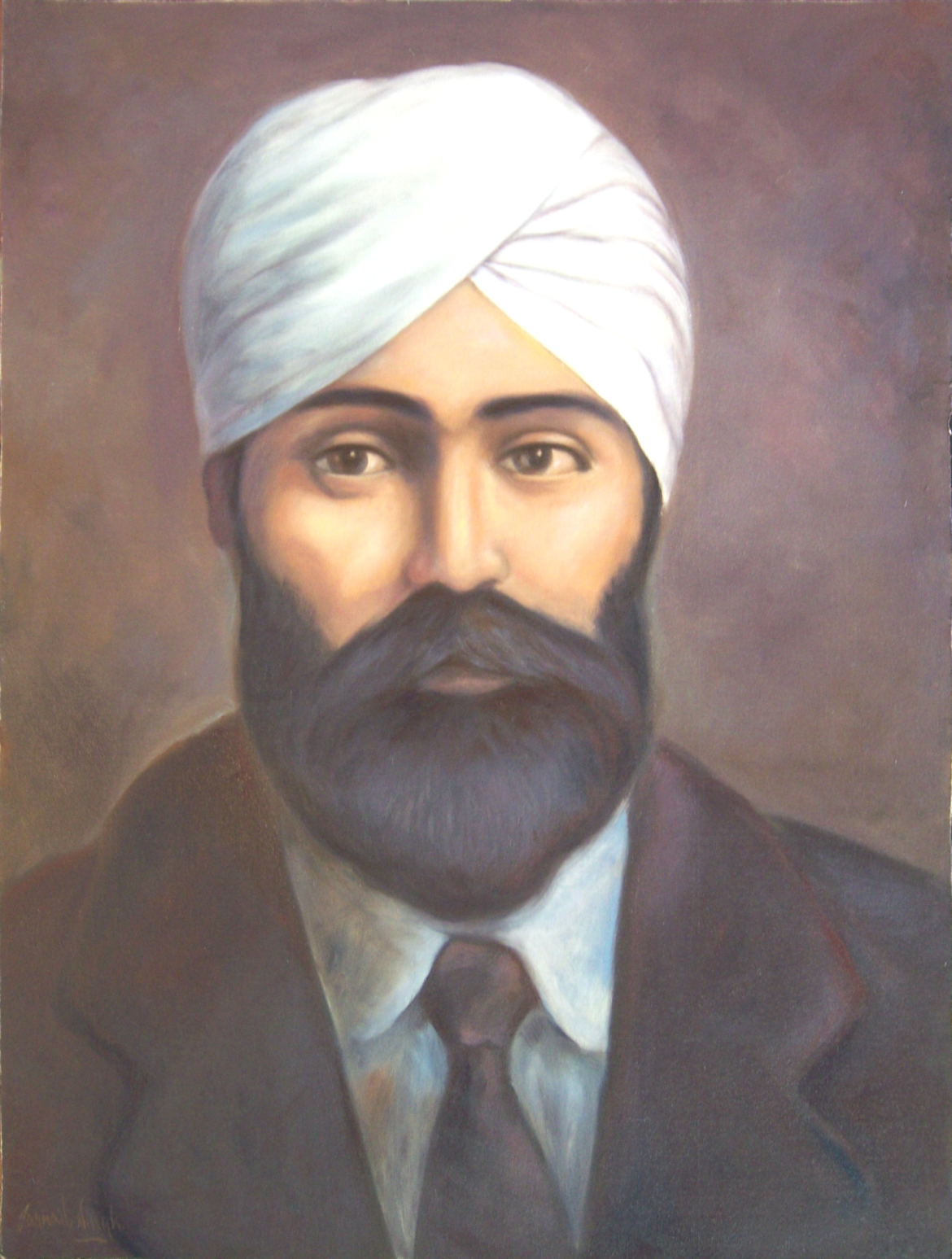AI Generated Summary
- On the occasion of His Highness, the Governor-General of Canada, Prince Arthur’s visit to Vancouver, the mayor of Vancouver sent a letter to the Secretary of the Khalsa Dewan inviting the Sikh veterans to attend a military review on September 19, 1912.
- Through his association with Balwant Singh who was his co-worker in the mill and Bhag Singh, the president of the Gurdwara management committee, Mewa Singh started to work for Ghadar Party aiming at an armed struggle for independence of India from the British rule.
- As there was no direct ship from India to Canada and the long distance between the two required a stopover on the way, the regulation affected the emigrants from India the most.
Mewa Singh Lopoke, a member of the Gadar Party, was born in1881 in the village of Lopoke, located in Ajnala Tehsil of Amritsar district in Punjab, India. In 1906 he had migrated to Canada in search of greener pastures before enactment of ‘continuous journey Regulation’ in 1908. The regulation was passed by the Canadian government to regulate immigration to Canada. It required the immigrants to perform the continuous journey from the country of their origin so that people could not move from their country to another country before moving to Canada. But it was actually to check immigration from India and encourage from European countries. As there was no direct ship from India to Canada and the long distance between the two required a stopover on the way, the regulation affected the emigrants from India the most
Soon after arriving there, he found a job at a saw mill in New Westminster near Vancouver. Coming in contact with other Sikh immigrants there, he became active in the formation of Khalsa Dewan Society Vancouver and in fundraising for the construction of the first Gurudwara there. After the formation of Gurudwara, he was the first to be baptised and appointed the Granthi and a caretaker of the Gurudwara in 1908. Besides a place of worship, very soon the Gurudwara became a meeting place for sharing difficulties and discussing their solutions. In the basement of the Gurudwara, the Indian immigrants, irrespective of their religion, used to assemble and share their problems and make plans to free India from the British rule. It is here that the Vancouver branch of Gadar Party was created; it is here that the members of Gadar party planned how to help the passengers of a Japanese ship Kamagata Maru that carried Indian origin workers from Hong Kong intending to emigrate to Canada but were denied entry for violating the condition of ‘continuous journey’.
Through his association with Balwant Singh who was his co-worker in the mill and Bhag Singh, the president of the Gurdwara management committee, Mewa Singh started to work for Ghadar Party aiming at an armed struggle for independence of India from the British rule.
In Canada, there were three groups of the small Indian Sikh community: one group wanted freedom of India but only through appeals and diplomacy, the second was a group of revolutionaries aiming to free their country through armed struggle and the third was a pro-British group. The last group served the British by acting as informers through an immigration inspector, W. C. Hopkinson.
During the period of 1908–1918 the Canadian immigration officials led by W.C. Hopkinson, hired some moles among the Sikh community to identify political activists posing a threat to the British rule in India.
On the occasion of His Highness, the Governor-General of Canada, Prince Arthur’s visit to Vancouver, the mayor of Vancouver sent a letter to the Secretary of the Khalsa Dewan inviting the Sikh veterans to attend a military review on September 19, 1912. Bhag Singh Bhikhiwind, the president of the Khalsa Dewan, rejected the invitation for the reasons “already known to the city officials and the immigration Department”. However the informer Bela Singh and his associates joined the review.
On May 22, 1914, Baba Gurdit Singh Sarhali with 376 other Indian passengers reached Vancouver by the ship Kamgata Maru who were not allowed entry by the Canadian government. The Sikhs already in Canada planned to supply food and weapons to the passengers.
To purchase weapons from America, accompanied by Bhag Singh, Balwant Singh, and Harnam Singh, Mewa Singh crossed the Canada- US border at the city of Sumas on July 16, 1914. While others were detained by the American officials, Mewa Singh was apprehended on the border by a Canadian provincial constable for avoiding the regular check point and carrying 2 revolvers and 500 rounds of ammunition secretly. He was tried in the court that fined him $50.
One day, the British mole Bela Singh entered the Gurudwara and shot dead Bhag Singh Bhikhiwind, the president of the Gurdwara management committee, and Bachan Singh.
Bela Singh was charged with murder and was presented in the Provincial Court House of British Columbia for trial on October 21, 1914. To help his mole, W. C. Hopkinson had come to testify that Bela Singh had threat to his life and therefore, he fired in self-defence. While Hopkinson was waiting in the courtroom, Mewa Singh killed him shooting five bullets into his body.
On the same day in a trial lasting only for an hour and forty minutes, Mewa Singh pleaded guilty and took absolute responsibility for the murder of W. C. Hopkinson.
On January 11, 1915, Mewa Singh was executed in New Westminster jail. After he was hanged, about 400 Sikhs carried his dead body to the Fraser Mill site where he had worked and cremate it there.
To the Canadian government, it was a political act of violence but to the Sikh Canadians, it was a display of martyrdom. The community commemorates it annually.




